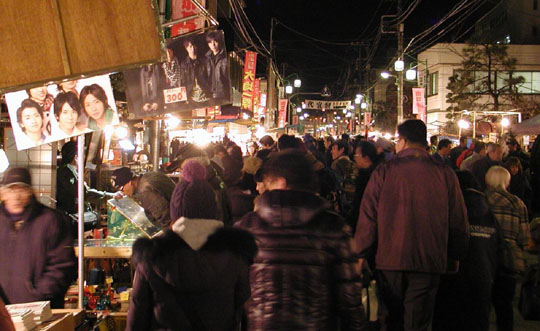In 1578, the lord of Musashi Province (present-day Tokyo, Saitama Prefecture and eastern Kanagawa Prefecture) authorized a tax-free market in Setagaya, then a small castle town under a minor vassal of the Hojo clan, which ruled the Kanto region from its fortified base in Odawara.
In its location as a way station on the old Koshu Kaido road linking Musashi and Sagami provinces (most of present-day Kanagawa Prefecture), Setagaya became the center for a flourishing trade in boro (scraps of cloth), which could be used for patching farming clothes or for weaving the thongs used in waraji (straw sandals), the weaving of which was an important source of income for farmers.
Setagaya's Rakuichi (Free Market), as it was then called, became the center of a thriving trade in farming implements and daily goods, and at one time it was held on six days each month.



















With your current subscription plan you can comment on stories. However, before writing your first comment, please create a display name in the Profile section of your subscriber account page.